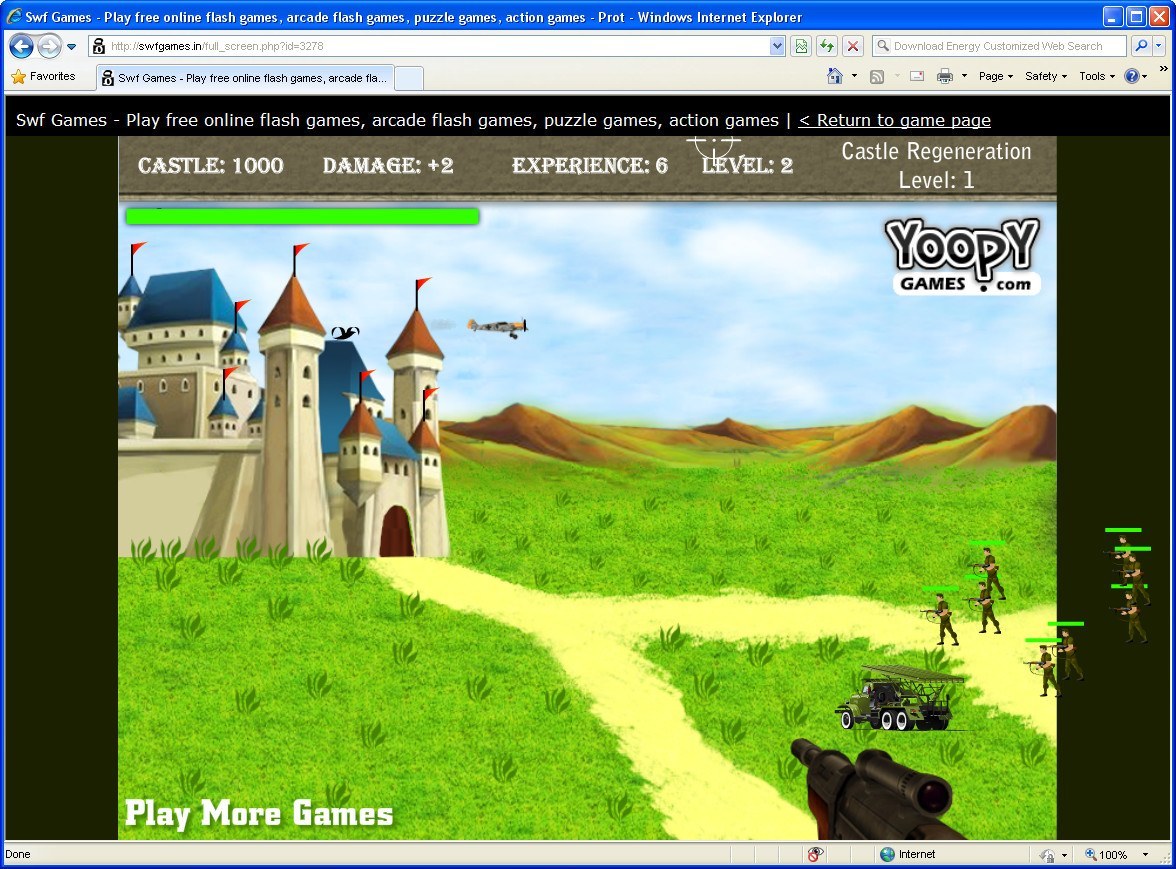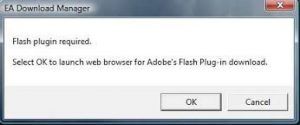

Once the initial flash is complete, a normal sysupgrade (with the -sysupgrade tarball, not the -factory bin!) will always work without problems. The router's auto_recovery feature should return you to factory firmware if this happens, so don't let the potential problem keep you from trying out OpenWrt. Then boot initramfs:Īudi> tftpboot $Īgain, this is not common and will likely not happen unless you have previously performed several flashes. Run “printenv” and adjust your ip and tftp server ip if needed. Break u-boot pressing any key during startup.

Openwrt-kirkwood-ea3500-rootfs.ubi via httpĬonnect to EA3500 via serial console and power it on. Later versions have this package included by default.īelow all firmware versions that have worked to some degree on the EA3500 are listed for historical purposes. It is therefore highly recommended to install kmod-gpio-button-hotplug. Note that the 17.01 does not have the kmod-gpio-button-hotplug package included by default, making it impossible to activate fail safe mode. This OpenWRT version 15.05 needs to be uploaded first, see this LEDE forum post.Ĭurrent snapshot (Oct 23 2019) factory image can be flashed from stock firmware's web interface.

However the LEDE 17.01 and later releases cannot directly be uploaded to the stock firmware. There is a useful Luci app that show which partition is currently booted: luci-app-advanced-reboot, see the readme for more information.Īs of LEDE 17.01 no special build is needed. The former working partition becomes the new backup partition. The backup partition becomes the new working partition when the reboot was successful. Unless you manually choose which partition by doing a manual uboot/tftp install, firmware flashes occur on the backup partition and the EA3500 shall reboot from the backup partition following from a firmware flash. Like several other Linksys devices, the EA3500 has a dual firmware layout: working and backup partitions.


 0 kommentar(er)
0 kommentar(er)
